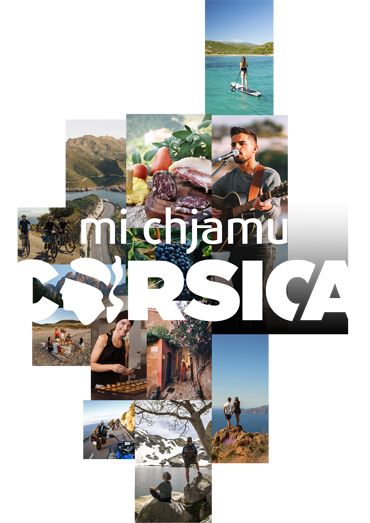Rechercher...
×
×
La destination Corse
Préparer mon séjour
SAINTE LUCIE DE TALLANO
Villes et Villages remarquables
Sainte Lucie de Tallano;Sainte Lucie de Tallano;Sud Corse
medias/image/pcu_197_1343820866.JPG
www.alta-rocca.com
L’âpreté de l’histoire et la prospérité agricole ont imposé, tout au long des siècles, à Sainte-Lucie-de-Tallano dans l’Alta Rocca une belle et farouche rigueur architecturale. Les façades des grandes maisons en pierre de taille conjuguent corniches, arcades, mâchicoulis et fenêtres meurtrières. L’architecture continue à raconter l’histoire du village dont le cœur bat au rythme de l’olivier. Chaque année l’arbre, ses fruits et son huile sont fêtés deux jours durant au mois de mars lors de A festa di l’oliu novu. Ici l’olivier a sa boutique et son éco musée au vieux moulin.
Tout au long de la saison estivale, le couvent Saint-François passe du côté profane pour accueillir concerts et spectacles.
myOasAd('Position1');Accès : à 21 km de Propriano. Suivre la RN 196 sur 7 km puis emprunter la D268.
Prix 0,00 €
infotour/formpcu/755/Decouvertes/Patrimoine-et-visites
http://www.visit-corsica.com/fr/infotour/pcu/id/197/indice/4/page/1/Decouvertes/Patrimoine-et-visites/Sainte-lucie-de-tallano
_197
Through the centuries, the chequered history and agricultural prosperity of the Alta Rocca have given rise to some imposing yet attractive architecture in Sainte-Lucie-de-Tallano, where the façades of its large stone houses are embellished with cornices, arcades, machicolations and arrow slit windows. Its architecture continues to tell the history of a village where agriculture is now based around olives. Every year, the tree, its fruits and its oil are celebrated over a two-day period in March as part of the "A festa di l?oliu novu" (Festival of the New Oil). The village is home to a boutique selling a range of olive oil-related products, as well as an eco-museum housed in the old mill.
Throughout the summer season, the Couvent Saint-François, a former Franciscan monastery, hosts a number of concerts and performances.
Throughout the summer season, the Couvent Saint-François, a former Franciscan monastery, hosts a number of concerts and performances.
Nel corso dei secoli, le vicende storiche e l'agricoltura hanno impresso a Santa-Lucia di Tallano, nell'Alta Rocca, uno stile architettonico piuttosto selvaggio. Le facciate delle grandi case intagliate nella pietra presentano cornici, arcate, mâchicoulis e finestre pericolosissime. L'architettura continua a raccontare la storia del villaggio segnata dalla presenza dell'olivo. Ogni anno, durante la "A festa dell'oliu novu" per due giorni nel mese di marzo si celebra quest'albero, i suoi frutti ed il suo olio. Qui troverete numerose botteghe e un ecomuseo che ha sede in un vecchio frantoio. Durante la stagione estiva, il convento San Francesco si trasforma quasi in un luogo profano con concerti e spettacoli.
41.6973755
9.0643332



